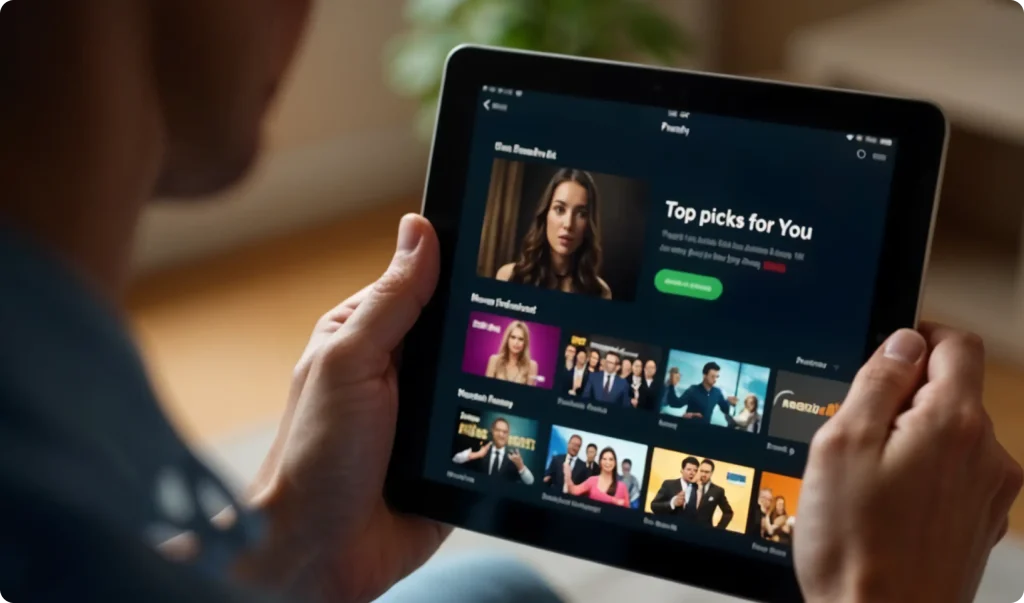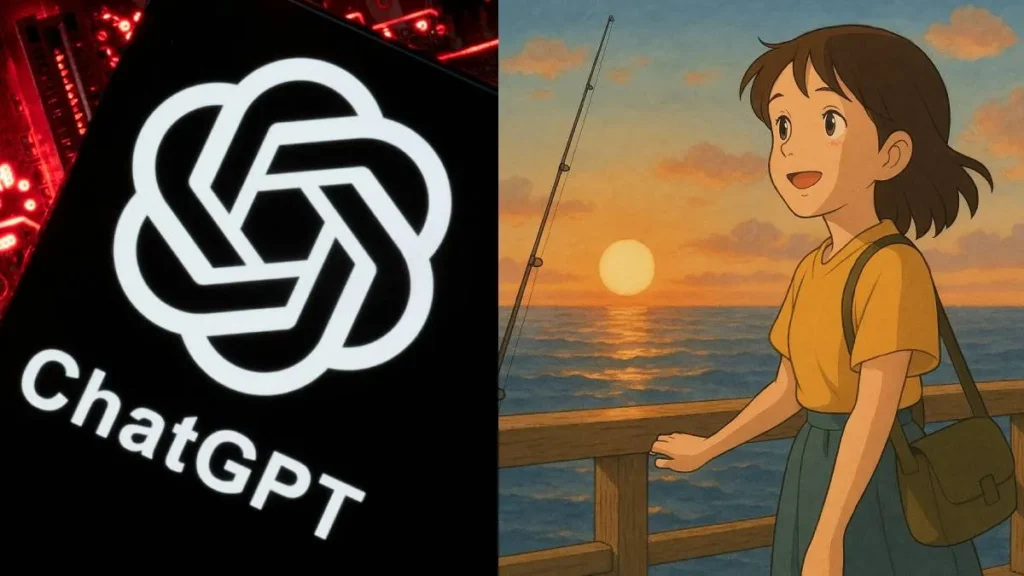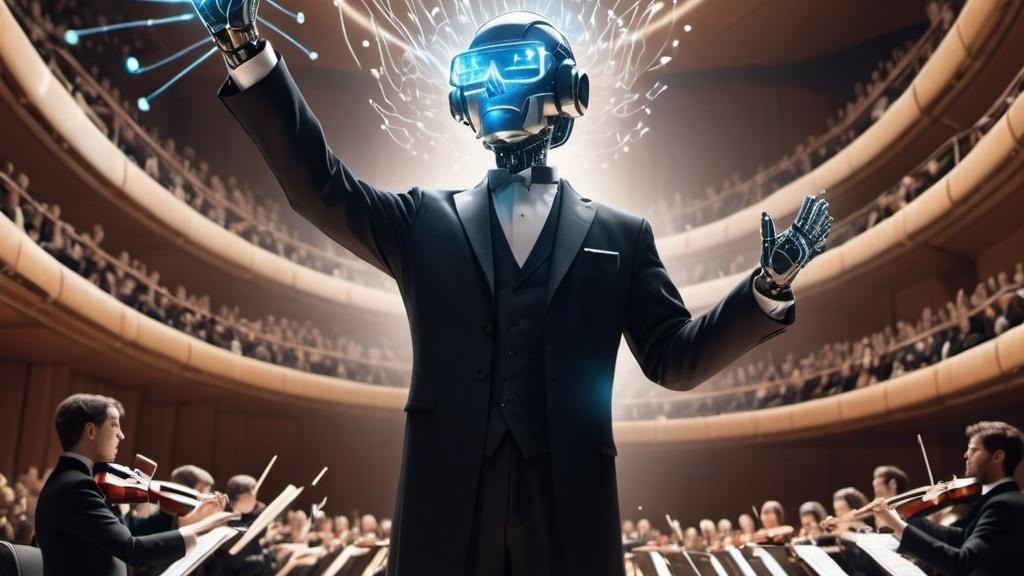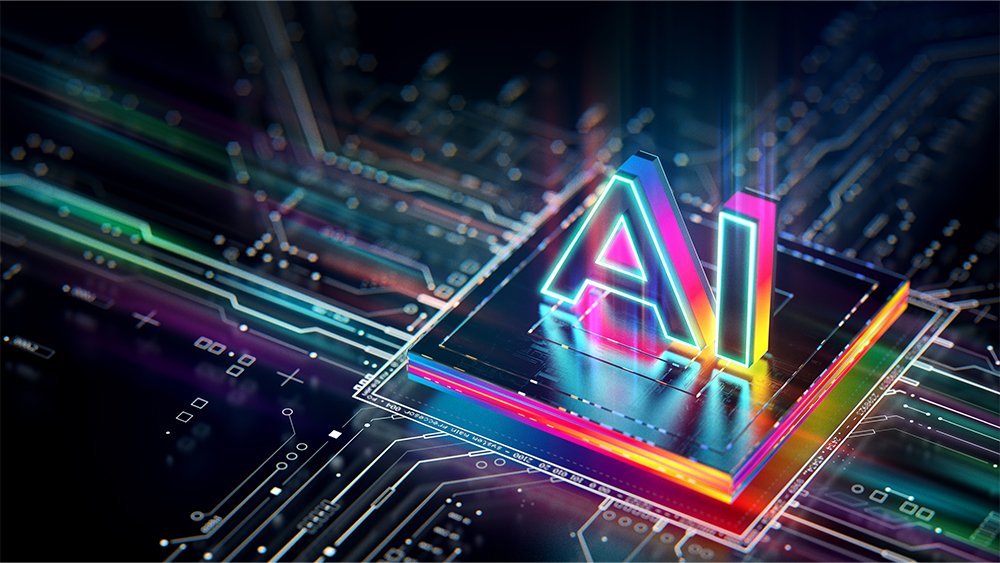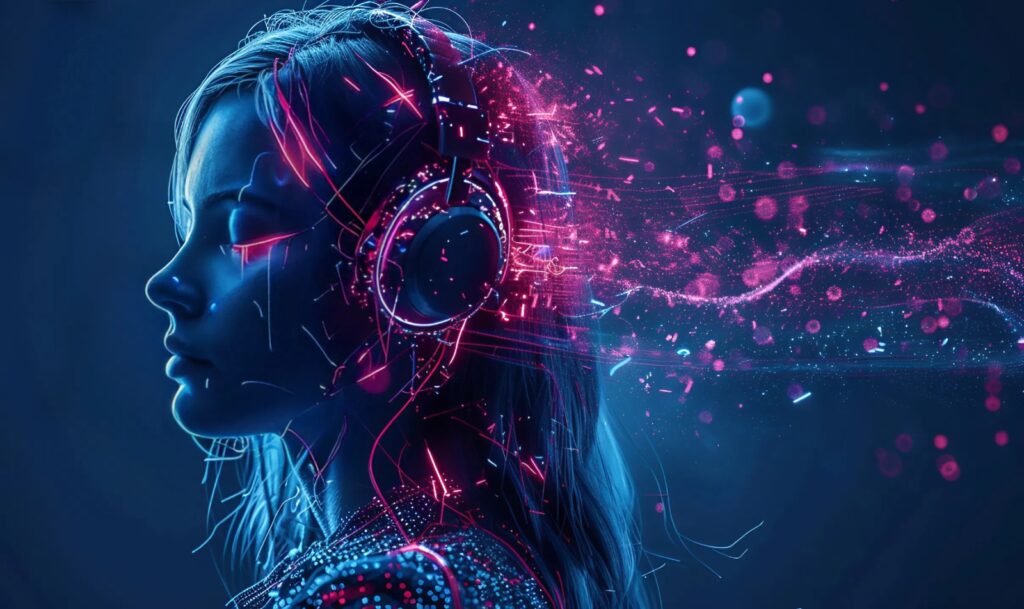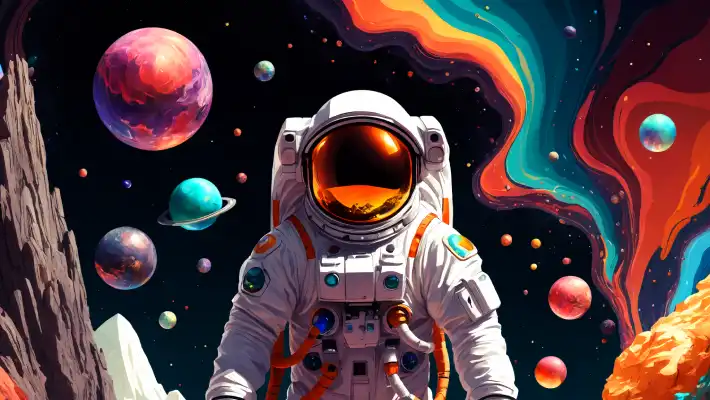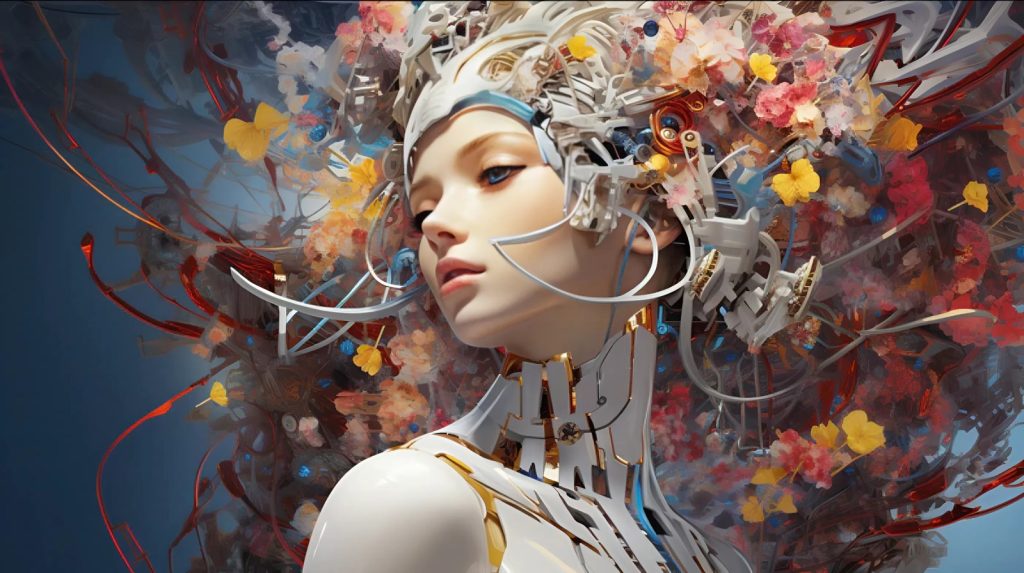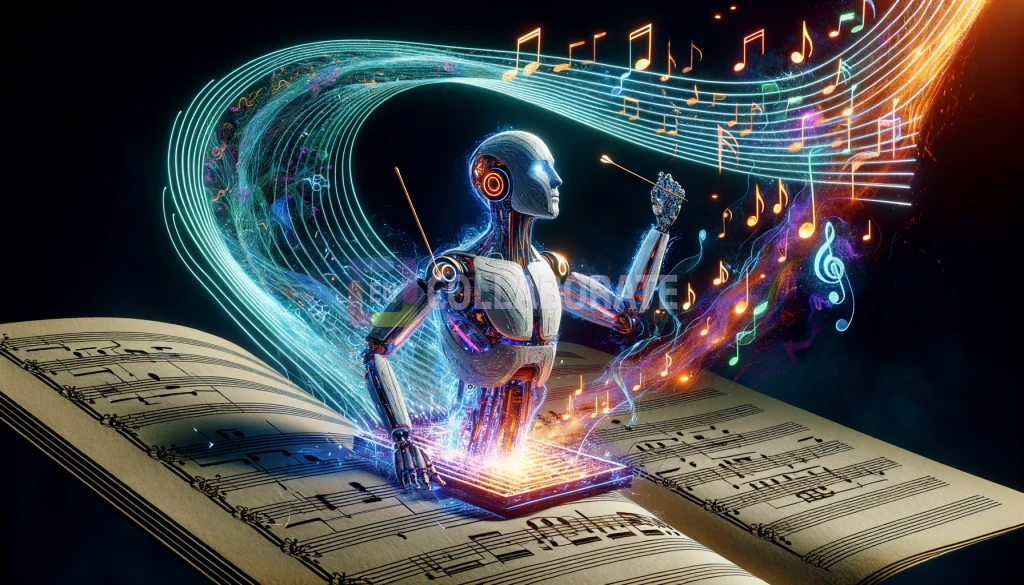AI-Powered Artistry: How GPT-4 is Revolutionizing Creative Industries
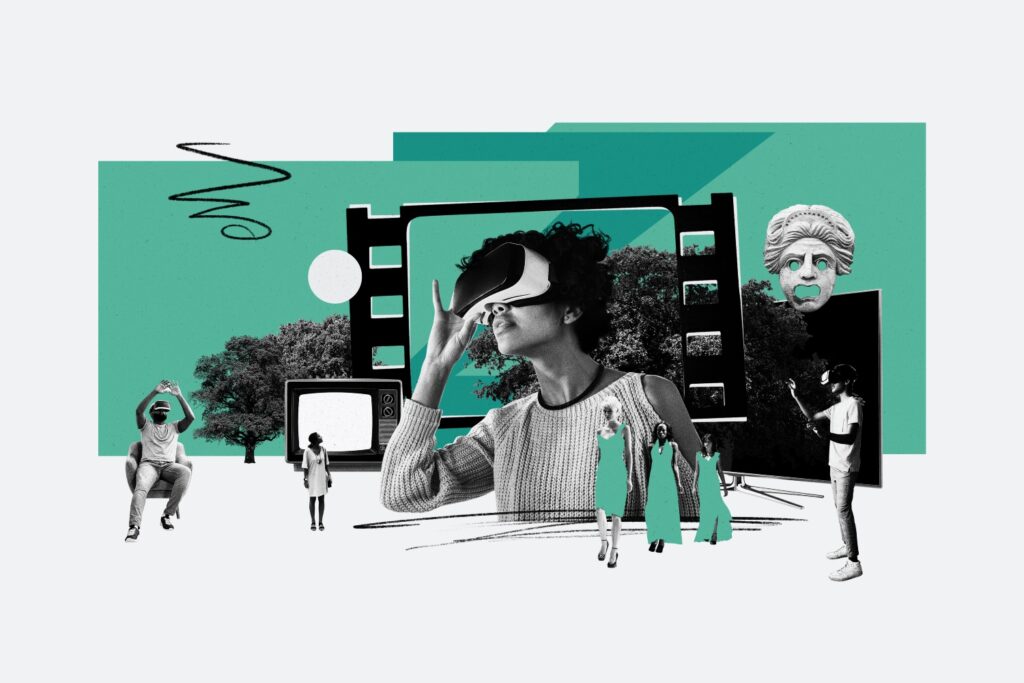
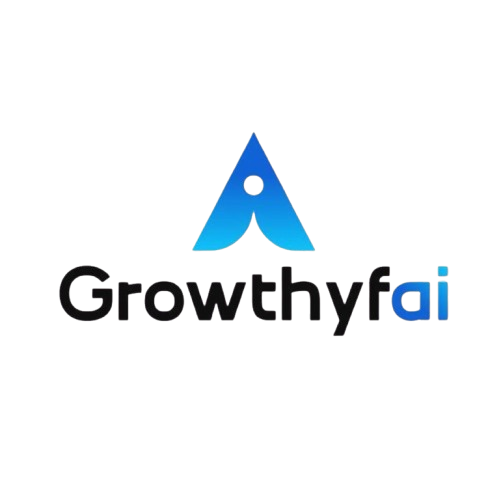
The advent of artificial intelligence has brought significant transformation across various sectors, but perhaps one of the most intriguing is its influence on the creative industries. The latest iteration of OpenAI’s language model, GPT-4, is at the forefront of this revolution, bridging the gap between human creativity and machine efficiency. This post delves into how GPT-4 is reshaping the realms of art, music, writing, and more through its advanced capabilities.
Understanding GPT-4: A Brief Overview
GPT-4, or Generative Pre-trained Transformer 4, is an advanced AI language model known for its superior ability to understand and generate human-like text. What sets GPT-4 apart from its predecessors is its enhanced capacity for context comprehension and creativity. These features make it particularly adept at tasks traditionally reserved for human artists and writers, providing new opportunities for innovation.
AI in Visual Arts
In visual arts, GPT-4 is not working in isolation but is often paired with other AI technologies to produce digital paintings, designs, and even branding materials. Artists leverage GPT-4 to generate ideas and visual concepts, which can then be translated into artwork through software like Adobe Illustrator or AI image generators. This partnership allows artists to explore a myriad of styles and concepts unrealizable by human imagination alone.
For instance, GPT-4 can interpret linguistic descriptions of artwork and inspire artists with unique color palettes or design elements that they might not have considered otherwise. By assisting in the brainstorming phase, GPT-4 makes the creative process more fluid and expansive, offering seemingly endless possibilities for visual expression.
Music Composition with AI
Music composition is another area where GPT-4 shines. Composers and musicians utilize the AI model to experiment with chord progressions, melodies, and even lyrics. GPT-4 can quickly generate music compositions from scratch or enhance existing pieces by suggesting modifications that introduce novel harmonies or evoke specific emotions.
Examples of AI-powered music highlight the immense potential for collaboration between AI and human musicians. Musicians can give prompts describing the mood or theme of the piece they envision, and GPT-4 can produce a base melody or lyrics. These AI-generated outputs can spark inspiration or serve as a starting point for further composition, saving artists time and expanding the scope of their creativity.
Transforming the Writing World
The publishing and writing sectors have experienced significant transformation with the introduction of GPT-4. Authors and content creators can employ GPT-4 for tasks ranging from brainstorming plot ideas to generating entire drafts of short stories or articles. This tool acts as a virtual writing assistant, offering new perspectives and reinvigorating the creative process.
GPT-4’s ability to mimic different writing styles and tones allows it to cater to diverse genres, whether it’s crafting engaging narrative arcs in fiction or producing informative content in journalism. The AI can be especially useful in overcoming writer’s block, suggesting plot twists or character developments that might not occur to a writer in a creative rut.
However, while GPT-4 supports the writing process, ethical considerations are vital. Ensuring originality and maintaining a clear distinction between AI-generated content and human authorship remains of paramount importance.
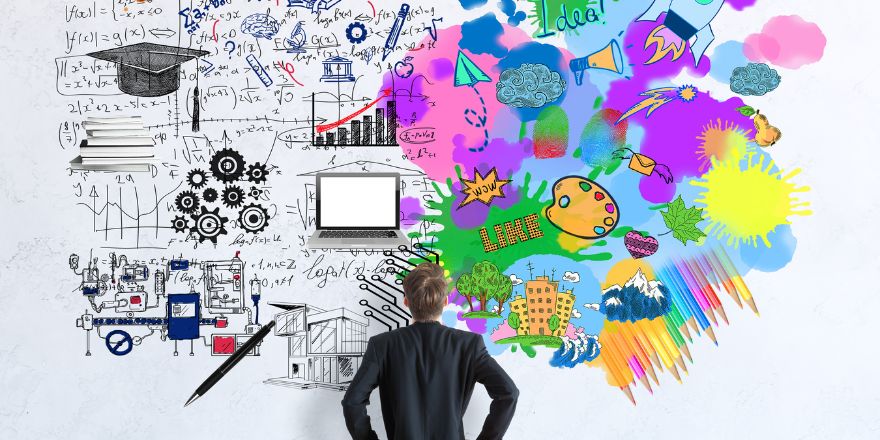
Enhancing Graphic Design and Marketing
The impact of GPT-4 extends into graphic design and marketing. Companies leverage GPT-4 to craft compelling ad copy, automate customer service dialogues, and create engaging website content that resonates with target audiences. In graphic design, GPT-4 assists designers by generating innovative composition ideas based on brief text inputs or trend analysis.
These capabilities help brands maintain a competitive edge in their respective markets. By streamlining routine tasks and reducing the time taken for creative brainstorming, GPT-4 allows professionals to focus more on strategic initiatives and meaningful client interactions.
The Future of AI in Creativity
While the current capabilities of GPT-4 are impressive, the future promises even more fascinating developments. As AI technology continues to evolve, we can anticipate GPT successors with greater capacities for emotional comprehension and artistic nuance. These advancements will likely deepen collaborations between AI and human creators, leading to entirely new forms of creative expression hitherto unimaginable.
Moreover, the democratization of creative tools through AI will enable more people to participate in the arts, breaking down traditional barriers to entry and fostering more diverse and inclusive creative communities.
Conclusion
GPT-4 is undeniably revolutionizing creative industries by supplementing human ingenuity with machine intelligence. Its influence spans a multitude of domains from visual arts to writing, offering professionals innovative tools to enhance their creative output. While challenges remain, particularly concerning ethics and originality, the potential benefits of AI in art and creativity are vast.
As we continue to explore and understand the balance between AI-assisted creation and human artistry, one thing is evident: the fusion of AI and art is not about replacing human creativity but augmenting it, opening up new horizons of possibilities in the creative field.

